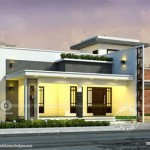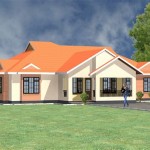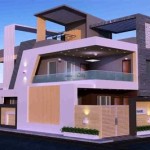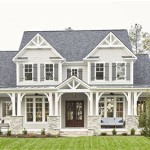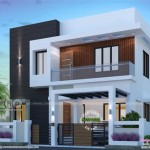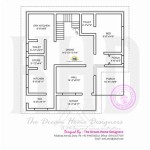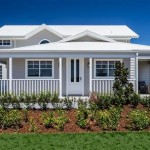Detached Screen House Plans: A Comprehensive Guide
Detached screen houses are separate structures that provide a comfortable and insect-free outdoor space. They offer numerous benefits, including a shaded area for relaxation, protection from sun and rain, and enhanced privacy. If you're considering building a detached screen house, it's important to have a well-defined plan to ensure that the structure meets your specific needs and preferences.
Floor Plan and Dimensions
The first step in planning a detached screen house is determining the floor plan and dimensions. Consider the number of people who will use the space and the activities they'll engage in. A typical screen house measures between 10x10 feet and 12x12 feet, but larger sizes can be accommodated for more extensive gatherings.
Foundation and Framing
The foundation provides the base for your screen house and ensures stability. Concrete footings are a popular choice as they are durable and weather-resistant. The framing, typically made of pressure-treated lumber, forms the structure of the house. Choose high-quality materials that can withstand the elements.
Roof Design
The roof design is crucial for providing protection from sun and rain. A gable roof is a common choice as it allows for proper water drainage. The roof should be sloped to prevent water accumulation and damage. Consider using metal roofing for its durability and resistance to weather conditions.
Screen Material
Screen material plays a vital role in keeping insects out. Choose a mesh that is fine enough to block insects but still allows for good airflow. Fiberglass and vinyl screens are popular options due to their durability and resistance to fading. Consider using a darker color for the screen to reduce visibility from the outside.
Windows and Doors
Windows and doors provide ventilation and access to the screen house. Opt for large windows to maximize natural light and airflow. Sliding doors are a convenient option for easy entry and exit. Consider using screens for windows and doors to prevent insects from entering the structure.
Electrical and Lighting
Electrical and lighting are essential for nighttime use of the screen house. Install electrical outlets for appliances like fans or lights. Consider using recessed lighting fixtures to create a pleasant and ambient atmosphere. Pay attention to proper wiring and electrical safety standards.
Additional Considerations
In addition to the core components, there are other aspects to consider:
- Furniture and Accessories: Choose comfortable and weather-resistant furniture for the screen house.
- Landscaping: Surround the screen house with attractive plants to enhance the ambiance.
- Decor: Add decorative touches like curtains or rugs to personalize the space.
- Maintenance: Regularly clean the screen material, inspect the structure for damage, and maintain the electrical components.
Conclusion
Building a detached screen house can significantly enhance your outdoor living experience. By following these essential planning aspects, you can create a comfortable and functional space that meets your needs. Remember to choose high-quality materials, pay attention to structural integrity, and incorporate thoughtful details to maximize the joy and enjoyment of your screen house.
How To Build A Diy Screen House Family Handyman
Detached Screen Porch Bing Images Outdoor Room Backyard Garden Landscape
Pond House Southern Living Plans Screen Screened Gazebo Outdoor Rooms
Screened Gazebo Photo Gallery 6 Rooms And Gazebos Plans Patio Deck Designs
Screened In Porch Plans To Build Or Modify
Screened Gazebo Plans Myoutdoorplans
Florida Room Kit Screen Porch Screened Shed
Screened In Porch Plans To Build Or Modify
Pin By Jes Powell On Cottage To Do List Screen House Screened Gazebo Landscape
Cottage House Plans And Lakefront With Screened Porch

